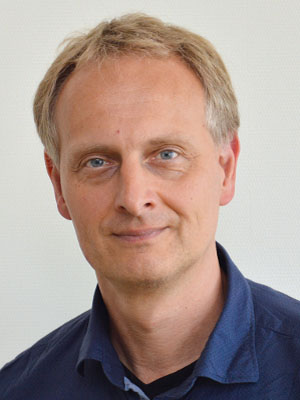Institution
Education/Training
2007
Habilitation for Analytical Biochemistry, Saarland University
1999
Dr. rer.nat, Saarland University / DKFZ Heidelberg
1995
Dipl. Chem., Saarland University
1989 – 1995
Study of Chemistry, Saarland University, Saarbrücken
Research Experience/Academic Appointments
Since 2008
Group leader and W2-professor for Systematic Proteome Research & Bioanalytics at the Christian-Albrechts-University of Kiel (position originally funded via DFG-Cluster of Excellence “Inflammation at Interfaces”; now: permanent position)
2010
Guest-professorship at Université de Pau, France
2004
Research Stage at the “Laboratoire de Spectrometrie de masse Bio-Organique”, University of Strasbourg/ CNRS, Strasbourg, France
1999 – 2007
Postdoctoral fellow and Habilitation (C1), Saarland University
1995 – 1998
Scientific assistant, German Cancer Research Centre (DKFZ), Heidelberg
Important Scientific Prizes/Functions
Since 2012
Member of the Steering-Committee of the DFG-Cluster of Excellence-308 “Inflammation at Interfaces”
Since 2011
Vice-chair of initiative on multi-organism proteomics (iMOP) within human proteome organization (HUPO)
Contact


